![]() The border crisis—a political hot potato not only in the United States but Europe as well—is the subject of Agnieszka Holland’s incendiary new film, which forcefully wears its anger on its sleeve. Never sugarcoating her stance, Holland climbs onto her metaphorical soapbox to bemoan the treatment of migrants by gaslighting politicians, intolerant police and border guards, and even well-intentioned activists, who are less effective than they hope to be.
The border crisis—a political hot potato not only in the United States but Europe as well—is the subject of Agnieszka Holland’s incendiary new film, which forcefully wears its anger on its sleeve. Never sugarcoating her stance, Holland climbs onto her metaphorical soapbox to bemoan the treatment of migrants by gaslighting politicians, intolerant police and border guards, and even well-intentioned activists, who are less effective than they hope to be.
The film takes place in 2021 on the border between Poland and Belarus, a heavily forested area. Opening with a drone shot over the dense cluster of deep green foliage (hence the evocative title), Holland cuts to the sharp, stark black-and-white photography of Tomasz Naumiuk for the rest of the film’s 152 minutes. (The director has said she is invoking newsreel footage from World War II, another era when the countries of Europe were used as battlegrounds.)
Green Border is divided into five parts. First, Holland introduces a Syrian family who, along with others seeking asylum, have been enticed by the government of Belarus to fly into that Eastern European country, where they will have easy passage into neighboring Poland, and thus the European Union. (Belarusian dictator Alexander Lukashenko was behind this propaganda, which helped cause further unrest throughout Western Europe.) However, the Polish border police force the refugees back into Belarus, whose border patrols don’t want them either. Abused mercilessly, a few of the migrants don’t make it, which is unsurprising when a supervisor tell his border agents that these desperate individuals “aren’t people.”
The second part focuses on a young Polish border guard, Jan (Tomasz W?osok), who finds he has little stomach for the daily mistreatment he witnesses. In the third segment, a small group of Polish activists aid the migrants, providing some food, water, and basic first aid. However, they can’t transport them anywhere, on orders from the government. This section dovetails into the next, when a psychiatrist, Julia (a tremendously affecting performance by Maja Ostaszewska), joins the group but realizes how ineffectual it is. She teams up with a few of the more radical members to place three migrants from Africa into a safe house.
Holland and cowriters Maciej Pisuk and Gabriela ?azarkiewicz-Sieczko are unafraid to be unsubtle, repeatedly showing the inhumanity and dehumanization directed toward these refugees. At one point, a guard seemingly generously tosses a thermos to refugees who are desperate for a drink—but it contains glass. The guards laugh. On the other side of the ledger are moments of shared humanity, like with the African refugees and the children of the family in the safe house, or the tow truck driver who helps Julia after her car is vandalized. He volunteers to help transport refugees. Alongside actors like W?osok and Ostaszewska, Holland has assembled nonprofessionals to play many of the refugees, and their authentic, lived-in performances greatly contributes to the film’s verisimilitude.
Ultimately, Holland sees some hope for Europe. The fifth and final segment takes place on February 26, 2022, just as Russia began its full invasion of Ukraine. Poles are shown welcoming a surge of refugees displaced by yet another war. The striking difference in their skin color notwithstanding—these are fellow White Europeans, as opposed to migrants of color from Africa and the Middle East—Holland takes the opportunity to again get on her soapbox and nudge viewers toward greater understanding of and compassion for all refugees.

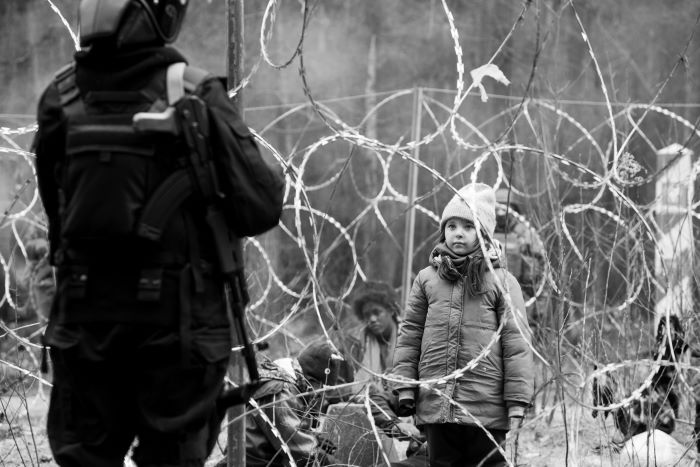

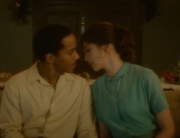
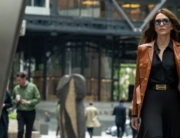

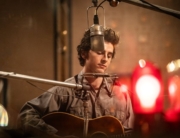
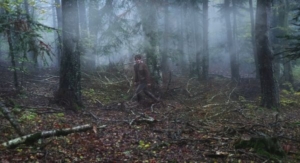
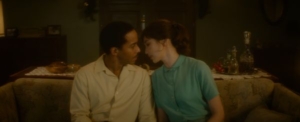







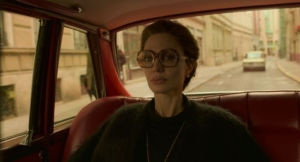
Leave A Comment